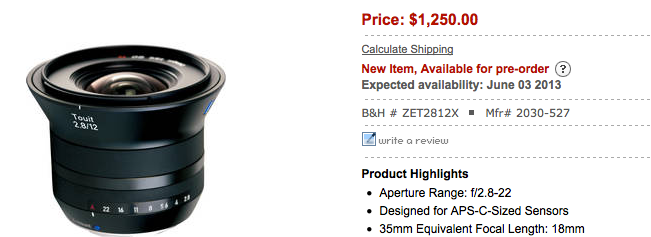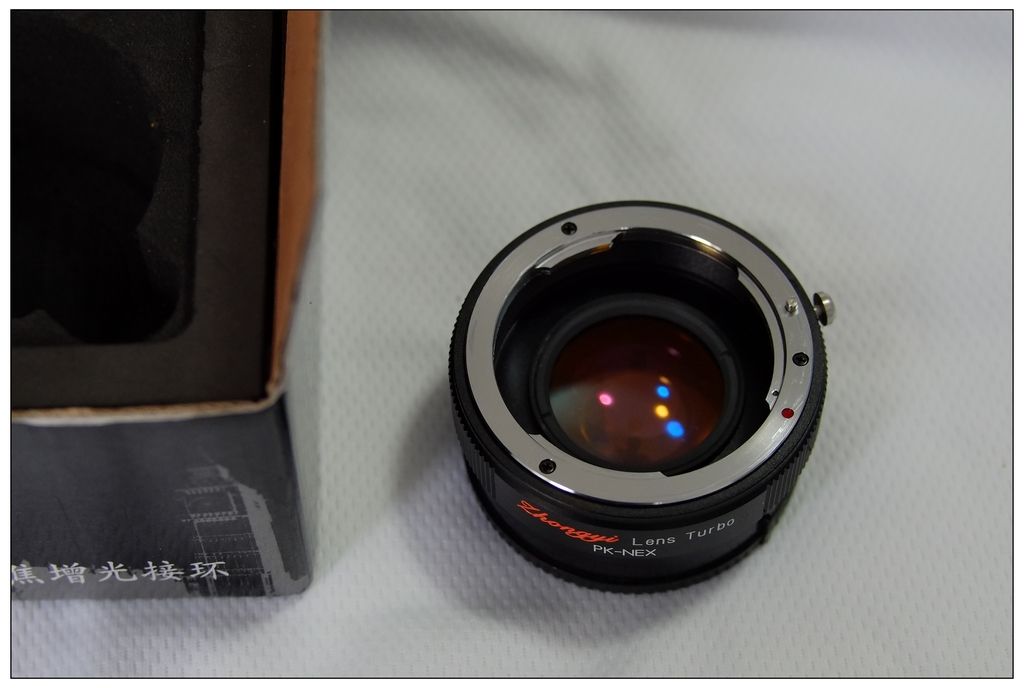The Art Of Photography! Fun, Passion and Art… the new blog of Donato Chirulli
image courtesy: theartofphotography
Donato Chirulli from riflessifotografici started his own blog and the title reveals everything: “The Art Of Photography“. Photography is more than technical talk, pixel peeping and specs… it’s fun, it’s art, it’s passion. And it’s this passion that moved Donato Chirulli to start this blog.
Donato will post on his blog only the shots that he considers his most interesting ones and the best images he found on the web. Later, when the blog has a sufficient numbers of readers, he will choose weekly some shots of the readers that he feels worthy of being published.
Check out Donato’s new blog here.








